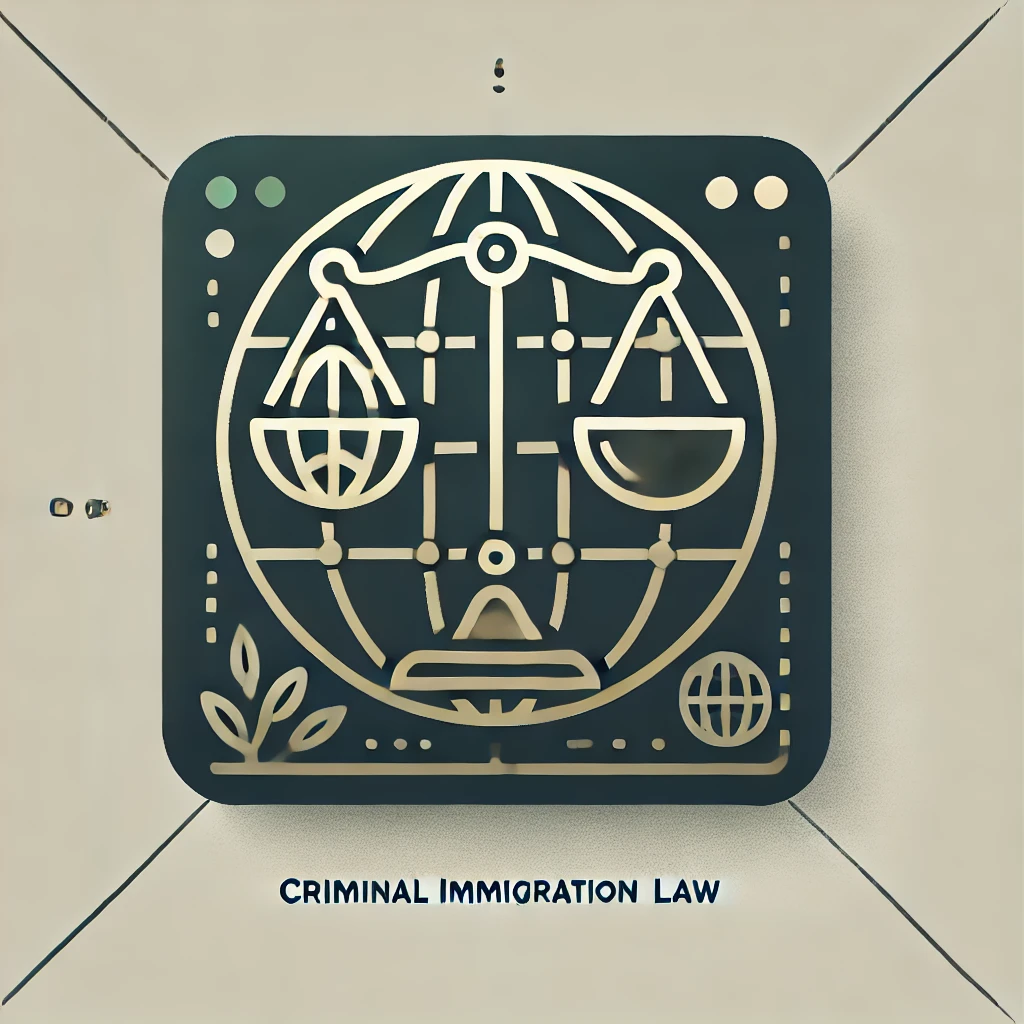What to Do If Your I-485 Is Denied: Appeals, Motions, and Alternatives
If you’re feeling overwhelmed because your I-485 application has been denied, you’re not alone. Many applicants face this daunting situation, and knowing what to do if your I-485 is denied: appeals, motions, and alternatives can make all the difference. In this article, we’ll explore your options, provide guidance, and hopefully ease some of your worries.
Common Reasons for Denial,
Filing an Appeal,
Motions to Reopen or Reconsider,
Alternatives to Appeals and Motions,
Key Takeaways
Understanding I-485 Denials
First things first, let’s get a grip on what it means when your I-485 is denied. The I-485 form, also known as the Application to Register Permanent Residence or Adjust Status, is a crucial step in the immigration process. When it gets denied, it can feel like a punch in the gut. But don’t panic! Understanding the reasons behind the denial is the first step in figuring out what to do if your I-485 is denied: appeals, motions, and alternatives.

Common Reasons for Denial
There are several reasons why your I-485 might have been denied. Here are some of the most common culprits:
- Inadmissibility Issues: This can include criminal history, immigration violations, or health-related issues.
- Insufficient Evidence: If you didn’t provide enough documentation to support your application, it could lead to a denial.
- Failure to Attend Interviews: Missing your scheduled interview can result in an automatic denial.
- Changes in Circumstances: If your situation changes (like a divorce or job loss), it can affect your eligibility.
Identifying the specific reason for your denial is crucial because it will guide your next steps in addressing the issue.
USCIS taking too long? Discover how a Mandamus lawsuit can get your case moving.
Learn How a Writ of Mandamus Can HelpFiling an Appeal
If you believe your I-485 was denied in error, you have the option to file an appeal. Here’s how to navigate this process:
- Understand the Appeal Process: You typically have 30 days from the date of the denial to file an appeal with the Administrative Appeals Office (AAO).
- Gather Evidence: Compile any additional evidence that supports your case. This could include new documents or clarifications that address the reasons for denial.
- File Form I-290B: This is the Notice of Appeal or Motion. Make sure to fill it out completely and accurately.
- Pay the Fee: There’s a fee associated with filing the appeal, so don’t forget to include that!
Filing an appeal can be a lengthy process, but if you’re confident in your case, it’s worth pursuing.
Motions to Reopen or Reconsider
Another option is to file a motion to reopen or reconsider your case. But what’s the difference? Let’s break it down:
- Motion to Reopen: This is used when you have new evidence that wasn’t available at the time of the original decision.
- Motion to Reconsider: This is for situations where you believe the decision was incorrect based on the evidence already presented.
To file a motion, you’ll also need to submit Form I-290B, just like with an appeal. Be sure to clearly explain why you’re requesting the motion and include any supporting documents.
Get complimentary general advice via email or WhatsApp!
For more in-depth legal counsel, phone or office consultations are available for a flat fee for up to 40 minutes.
Contact Us on WhatsApp Email usAlternatives to Appeals and Motions
If appealing or filing a motion doesn’t seem like the right path for you, there are alternatives to consider:
- Reapply: Depending on the reason for your denial, you might choose to reapply for your I-485. Just make sure to address the issues that led to the initial denial.
- Explore Other Visa Options: If your situation allows, you might qualify for a different type of visa that could lead to permanent residency.
- Consult an Immigration Attorney: Sometimes, the best alternative is to seek professional help. An attorney can provide personalized advice based on your unique situation.
Remember, there’s no one-size-fits-all solution, so weigh your options carefully.
Key Takeaways
- Understand the reasons behind your I-485 denial to determine your next steps.
- You can file an appeal within 30 days if you believe the denial was in error.
- Motions to reopen or reconsider are options if you have new evidence or believe the decision was incorrect.
- Consider reapplying or exploring other visa options if appeals and motions aren’t suitable.
- Consulting an immigration attorney can provide valuable guidance tailored to your situation.
Conclusion
Facing an I-485 denial can be incredibly stressful, but remember that you have options. Whether you choose to appeal, file a motion, or explore alternatives, taking action is crucial. Don’t hesitate to seek legal help early in the process; it can make a significant difference in your journey toward permanent residency. You’re not alone in this, and with the right support, you can navigate these challenges successfully.
Related Articles
- Understanding the I-485 Process,
- Top Reasons for Immigration Application Denials,
- How to Prepare for Your Immigration Interview,
- What to Expect After Filing Your I-485,
- Common Mistakes to Avoid When Applying for a Green Card,
- Understanding the Role of Immigration Attorneys,
- How to Gather Evidence for Your Immigration Case,
- Exploring Alternative Visa Options,
- Tips for a Successful Immigration Appeal,
- What Happens After Your I-485 Is Approved,
